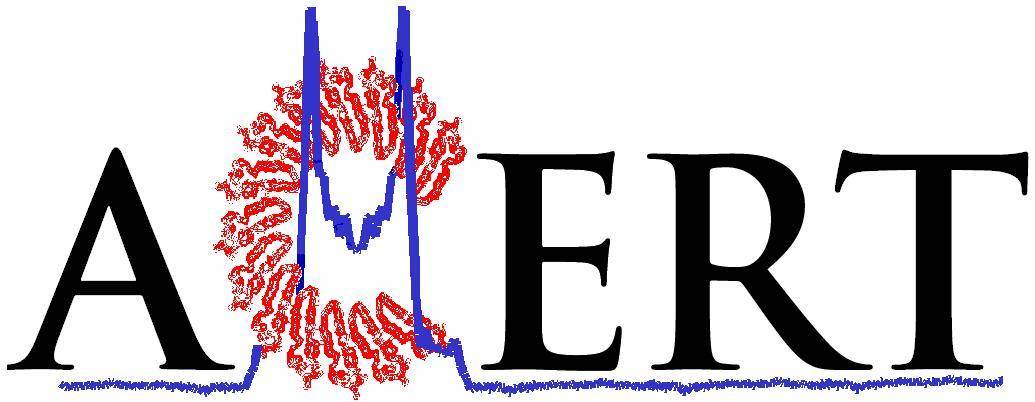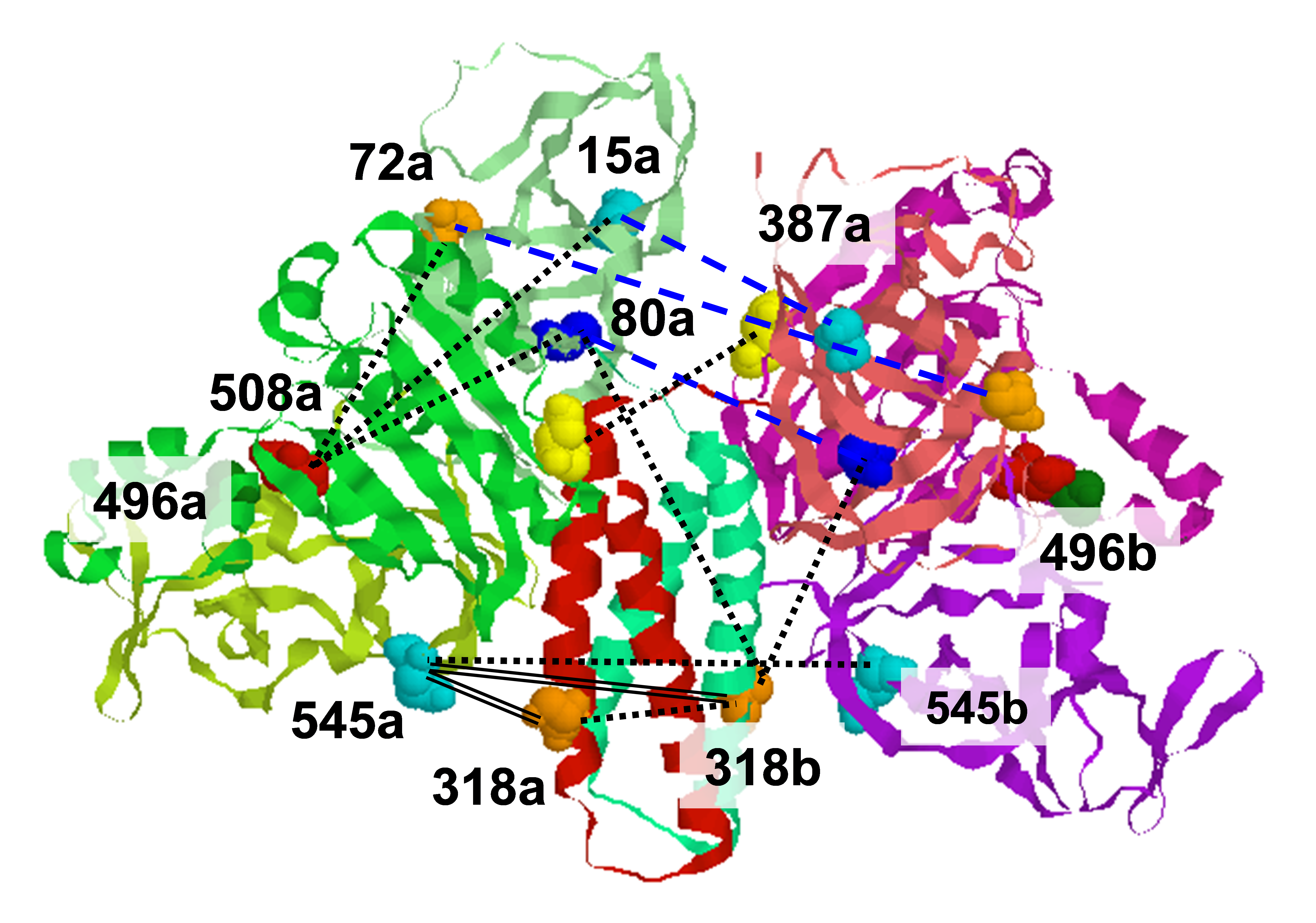.svg) National Institute of General Medical Sciences |
 |
 |
National Biomedical Resource for |
| ACERT's Service and Collaborative Projects | ||
Non random mixing of lipid bilayer components is especially interesting when domains of different composition coexist. In particular, so-called lipid rafts seem to play important roles in functions of cell membranes such as signaling, protein transport, endocytosis and adhesion. One aspect of raft formation in cell membranes is whether there is actual lateral separation of lipids into coexisting liquid phases, i.e., liquid-ordered (Lo) and liquid-disordered (Lα) phases. Detection of coexisting lipid bilayer phases in vesicles has been accomplished by a variety of methods. However, the compositions of the coexisting phases have been exceedingly difficult to determine. A full description of coexisting phases includes their respective compositions, which are provided by the thermodynamic tie-lines. Fluorescence microscopy enables visualization of coexisting lipid phases in giant unilamellar phases, but the composition information is missing. ESR is capable of supplying such information. We have demonstrated a new method, based on ESR, for determining tie-lines in regions of two-phase coexistence in a ternary lipid mixture with the phase diagram shown below, left. Using over 100 different lipid compositions containing the spin-labeled phospholipid 16-PC in or near the two-phase coexistence region of the liquid-disordered (Lα) and the gel (Lβ) phases of dipalmitoyl-PC/dilauroyl-PC/cholesterol (DPPC/DLPC/Chol) we determined five tie-lines, spread over the full range of this coexistence region. The method is based on the facts that (1) along a tie-line the ESR spectrum must be a superposition of the two ESR spectra from the respective single phases at the phase boundaries (connected by the tie-line) in a ratio given by the lever rule; (2) along a tie-line the partition coefficient, Kp, for the spin-label, which is also determined in our method, must be constant. We do find Kp for 16-PC is close to unity, but its value depends on the particular tie-line. The coexisting phases in equilibrium are characterized by the Kp of the spin-label and its respective dynamic parameters obtained from fitting the ESR spectra to dynamical models. The success of the method depends on having a spin label which (1) exhibits significantly different ESR spectra in the two phases, and (2) partitions well into both coexisting phases. Thus spin-label ESR is unique in the field of lipid membranes in its utility for determining tie-lines in coexisting membrane phases and in extracting dynamic structural parameters associated with these phases. Publication: Y.-W. Chiang, J. Zhao, J. Wu, Y. Shimoyama, J.H. Freed, and G.W. Feigenson, Biochim. Biophys. Acta, 1668, 99-105 (2005); no PMCID |
||
|
||
|
J. Zhao, J. Wu, G. W. Feigenson (Department of Molecular Biology and Genetics, Cornell University) Y. Shimoyama (Department of Physics, Hokkaido University of Education, Hokkaido, Japan) Y.-W. Chiang, J. H. Freed (ACERT) |
||
|
|
About ACERT Contact Us |
Research |
Outreach |
ACERT is supported by grant 1R24GM146107 from the National Institute of General Medical Sciences (NIGMS), part of the National Institutes of Health. |
|||||
| ||||||||